Meaning of Tang Soo Do
Literally translated, the word, ‘Tang’ refers to the T’ang Dynasty of China which reflects the shared cultural background between China and Korea (617-907 AD). ‘Soo’ means hand but it implies fist, punch, strike or defence, etc. and ‘Do’ means way of life or art. Thus ‘Tang Soo Do’ means the Korean classical martial art which was influenced by the T’ang method of martial art.
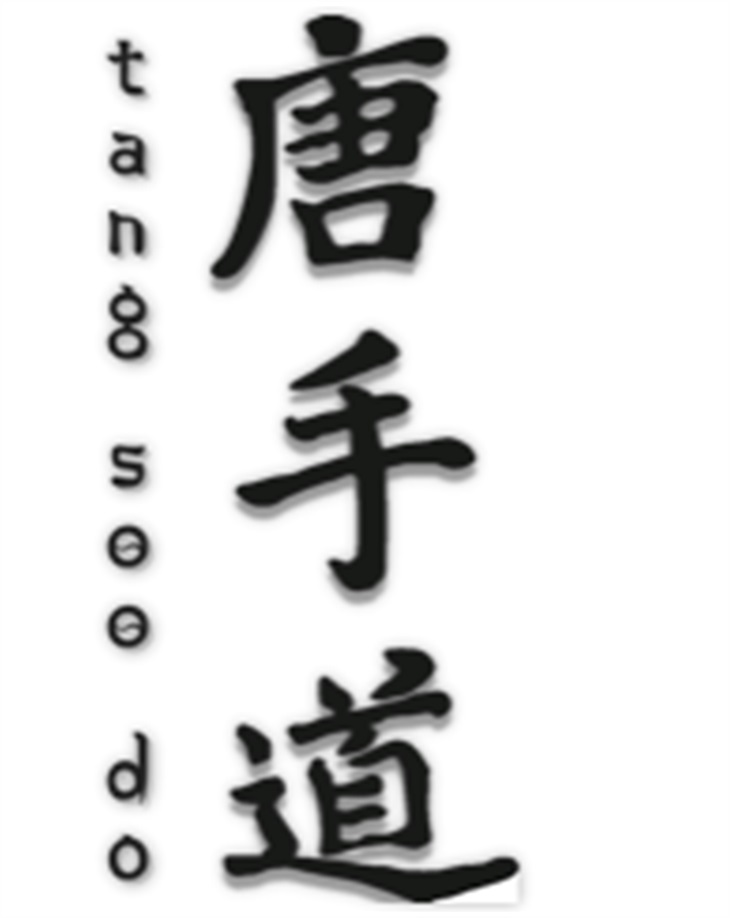
“Tang” – From the Chinese T’ang system (617 – 905 A.D)
“Soo” – “Soo” meaning hand but also punch or self defence
“Do” – System or Way (of life)
The Development in Korea
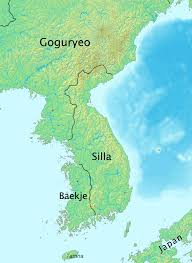
The ancestry of Korean Martial Arts can be traced back to the period of the three kingdoms founded more than two thousand years ago. Not long after its development in China, the early version of the art appeared in the Korean peninsula. This process of change started early in ancient times in what is now Korea. At that time, Korea was divided into three separate kingdoms, and each of them developed Soo Bahk or Kwon Bop on their own. The kingdom of Koguryo ruled in the north, Silla in the southeast and Paekche in the southwest. After a long series of wars, Silla emerged victorious over its neighbours in 668 AD. It was famous for the military combat power of a young warrior class, the Hwa Rang.The five codes of Tang Soo Do derived from the principals of these elite soldiers.
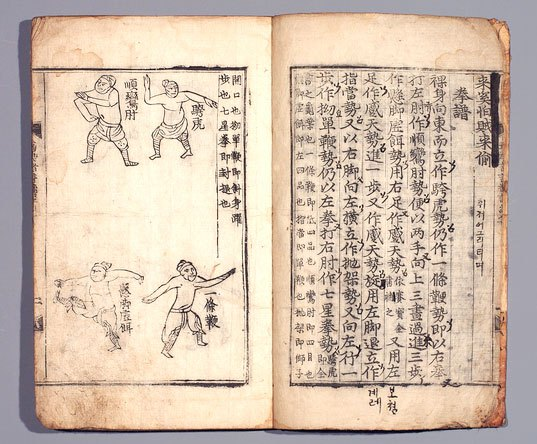
With the beginning of the Yi Dynasty (1390 – 1907 A.D.) the first and most important Korean book about martial arts, the Moo Yae Dobo Tongji, was published and the term Soo Bahk Doo (way of the fighting hand) was used in general. During the Japanese occupation (1907 – 1945) the practice of national martial arts was prohibited. This prohibition forced many Korean Soo Bahk Do masters to emigrate or practice secretly. After the liberation of Korea in 1945 several martial arts schools were founded.
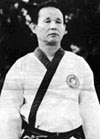
Grandmaster Hwang Kee, who developed Tang Soo Do, was an exceptional martial arts expert. He already reached his mastership in Soo Bahk Do and Tae Kyun at the age of 22 years. At that age he travelled from Korea to Northern China in 1936 where he encountered the Chinese fighting artistry, called the “Tang Method”, and developed the today known art of Tang Soo Do. After his return he founded the school of Moo Duk Kwan in Seoul/Korea in 1945, where he was teaching Tang Soo Do.
Founding of the Traditional Global Tang Soo Do Association (TGTSDA)
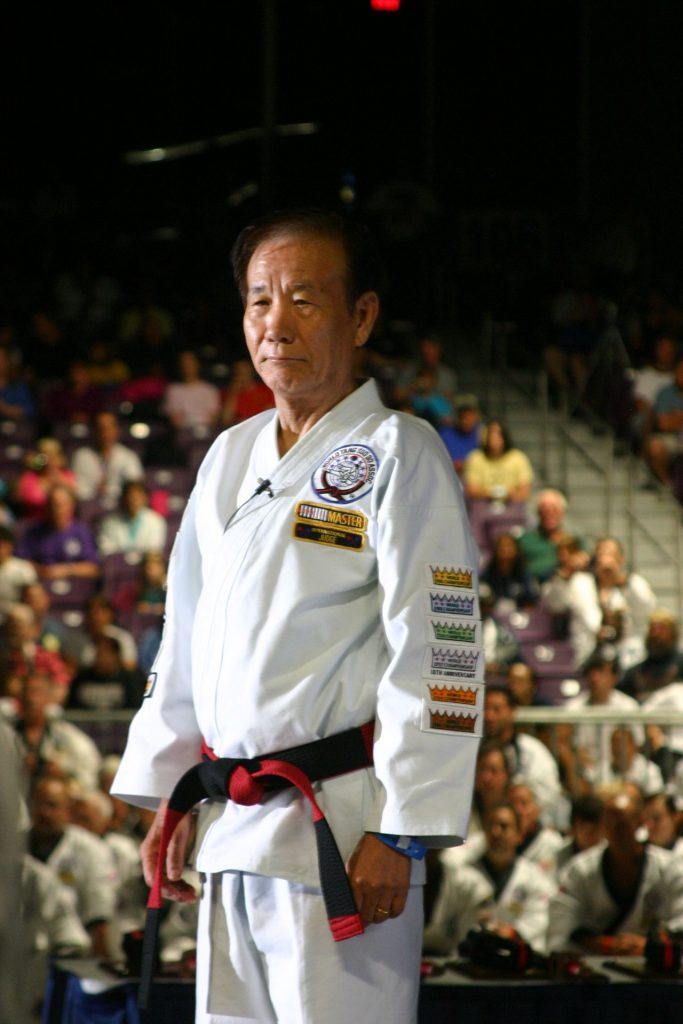
The TGTSDA was founded on the principles taught to its leadership by the late Grandmaster Jae Chul Shin. Grandmaster Shin visited and later relocated to the United States from Korea, starting the United States Tang Soo Do Federation in 1968. At that time, he was under the guidance of the Korean Soo Bahk Do Association, but later left that association and started the World Tang Soo Do Association having a charter convention in 1982. At the time of his death in 2012, Grandmaster Shin was 9th degree black belt Grandmaster and his teachings had reached all over the world.
The roots of Grandmaster Shin’s training and philosophies came from training with Grandmaster Hwang Kee. Grandmaster Shin built an organisation centred in the United States, but which spread over most of the continents of the world.
Beginning in 2020, a new organisation, the TGTSDA, was formed with the leadership of 7th Dan International Senior Master Klaus Trogemann. The goal is the changing of the philosophy of the art more towards the mottos of developing a truly global spirit while honouring traditions of the art, maintaining a sense of fellowship, comradery, and fairness with all members, and keeping an ethical code of honour in our actions. We strive to be a world-class martial art while also working to be one with nature.
The TGTSDA held its Charter Convention on December 14, 2019 in Munich, Germany.
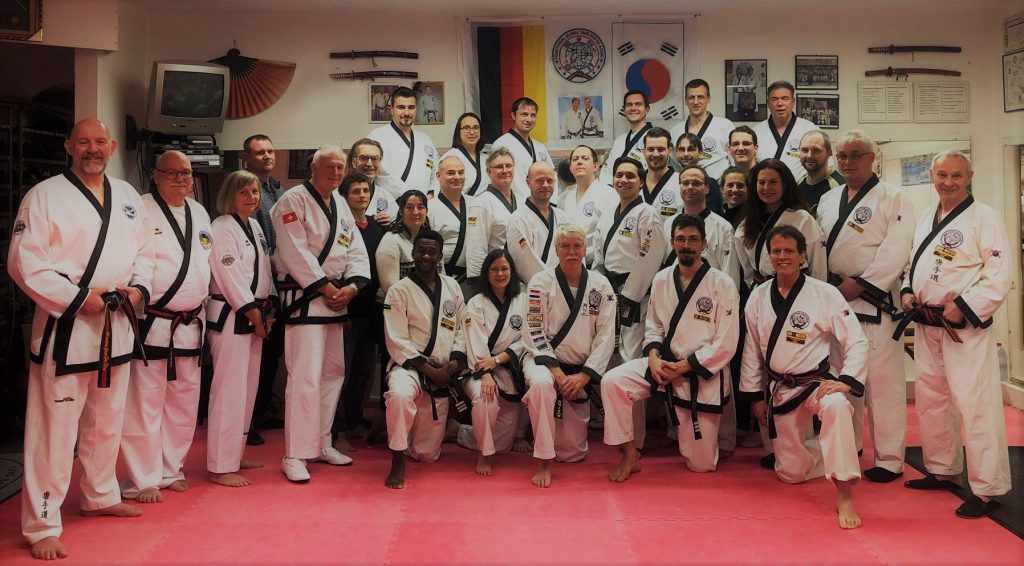
Foto: L. Kalojanidis
